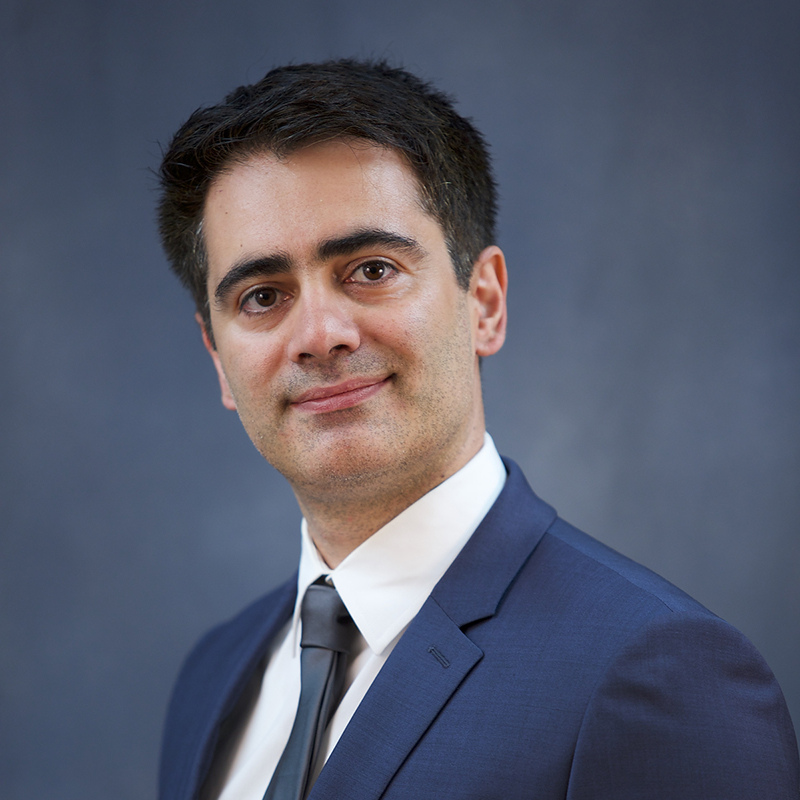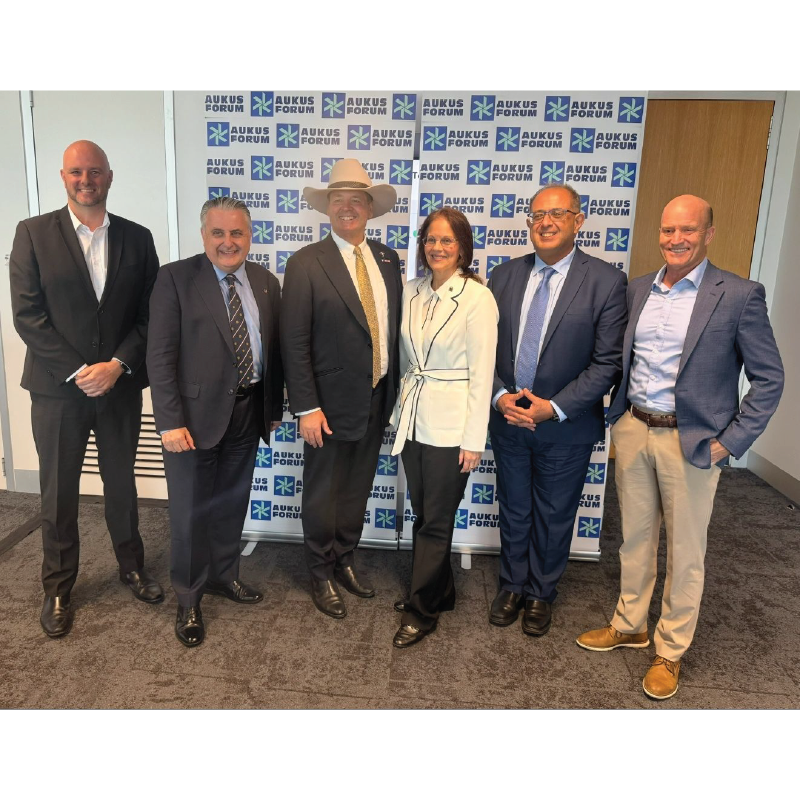News Story
W.M. Keck Foundation gives award to M-CINSE, University of Maryland
The University of Maryland has received a $750,000 award from the W. M. Keck Foundation of Los Angeles to establish the new Keck Laboratory for Combinatorial Nanosynthesis and Multiscale Characterization. Conceived by Professor Ichiro Takeuchi (MSE), ISR Professor Gary Rubloff (MSE/ISR), and Professor Ellen Williams (Physics), the Keck Laboratory will be a centerpiece for pioneering research which extends campus strengths in combinatorial materials science, scanning nanoprobes, and highly controlled materials synthesis profoundly into the nanoscale domain to enable fundamentally new insights into the behavior of materials at the nanoscale. It will be located in the new Jeong H. Kim Engineering Building, scheduled to open in January 2005.
The award supports the creation of a revolutionary experimental platform with unprecedented capabilities for rapid exploration of advanced complex smart materials and memory devices, as well as systematic investigation of their physical mechanisms. Laser molecular beam epitaxial growth under ultraclean conditions will enable control and lattice engineering of materials at the atomic level, while in-situ patterning of the materials will deliver combinatorial libraries for rapid materials discovery and development.
Characterization of materials properties and performance metrics across the combinatorial libraries will be carried out using a novel microscope which measures the performance of materials through spin resonance microwave microscopy at the nanoscale and surface structure at the atomic scale. The chemical and structural properties of the combinatorial material libraries will be monitored during their production using surface analytical techniques; then the samples will be transferred to the microscope under ultraclean conditions. This will enable researchers to establish clear correlations and deep understanding of how the architecture of materials at the nanoscale determines the properties and performance of complex material systems.
The Keck Laboratory brings together University of Maryland excellence in materials research, particularly in complex multifunctional oxide materials, combinatorial materials science, surface nanostructures, and integrated materials processing. The NSF Materials Research Science and Engineering Center (MRSEC) at Maryland is a leader in the synthesis and characterization of complex material systems, the development of surface nanostructure probes, and nanoscale understanding of underlying physical mechanisms of materials and surfaces. The NSF International Materials Institute (with Rensselaer Polytechnic Institute and Florida International University) is a focal point for global collaboration and advance of combinatorial materials experimentation and informatics.
Professor Williams, founding Director of the NSF MRSEC at Maryland, is an expert in scanning probe microscopies and atomic scale characterization of surfaces. She is a distinguished university professor in Physics and the Institute for Physical Science and Technology (IPST), and the recipient of numerous awards, including the APS Goeppert-Mayer award and the MRS Turnbull Lectureship. Professor Takeuchi is a pioneer in combinatorial materials science and multifunctional materials. An associate professor in Materials Science and Engineering and the Center for Superconductivity Research, he has received an NSF CAREER award and an ONR Young Investigator award. Professor Rubloff has been a leader in ultraclean, integrated processing and characterization of electronic materials. He is the former director of the Institute for Systems Research, professor in Materials Science and Engineering and ISR, and the recipient of the AVS Gaede-Langmuir Prize.
The W. M. Keck Foundation is one of the nation's largest philanthropic organizations. Established in 1954 by the late William Myron Keck, founder of The Superior Oil Co., the Foundation's grantmaking is focused primarily on the areas of medical research, science, and engineering.
Published September 7, 2004









